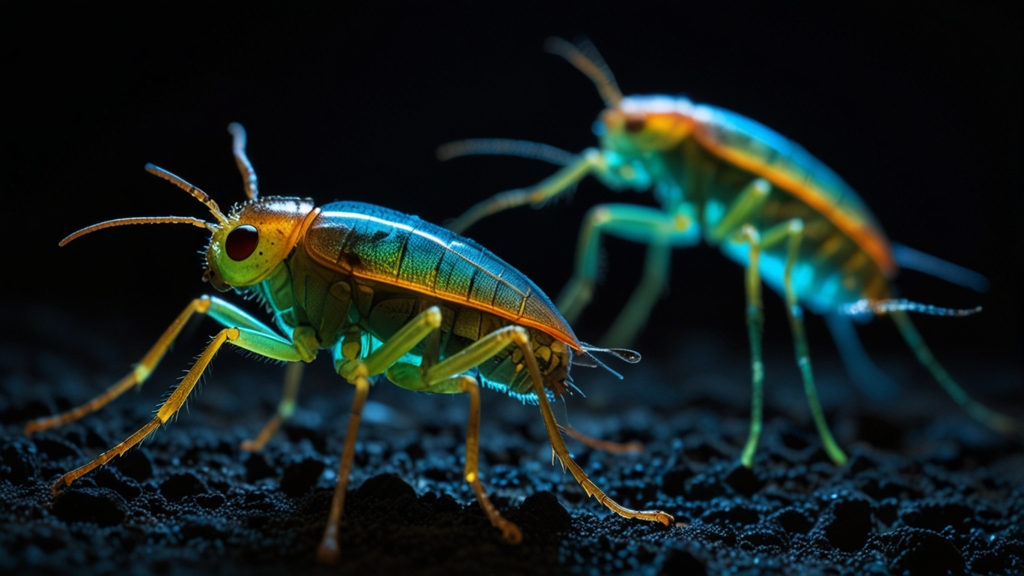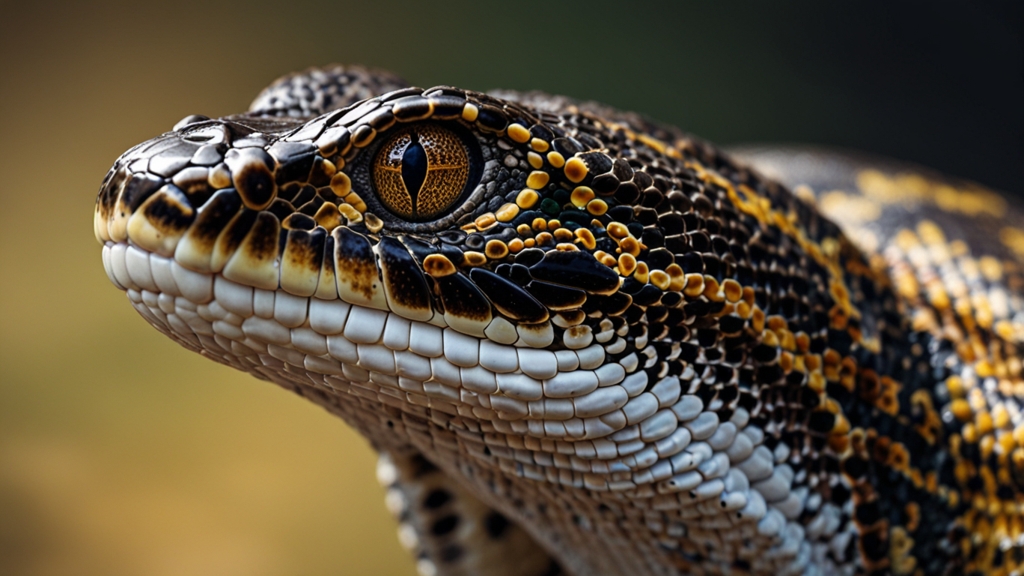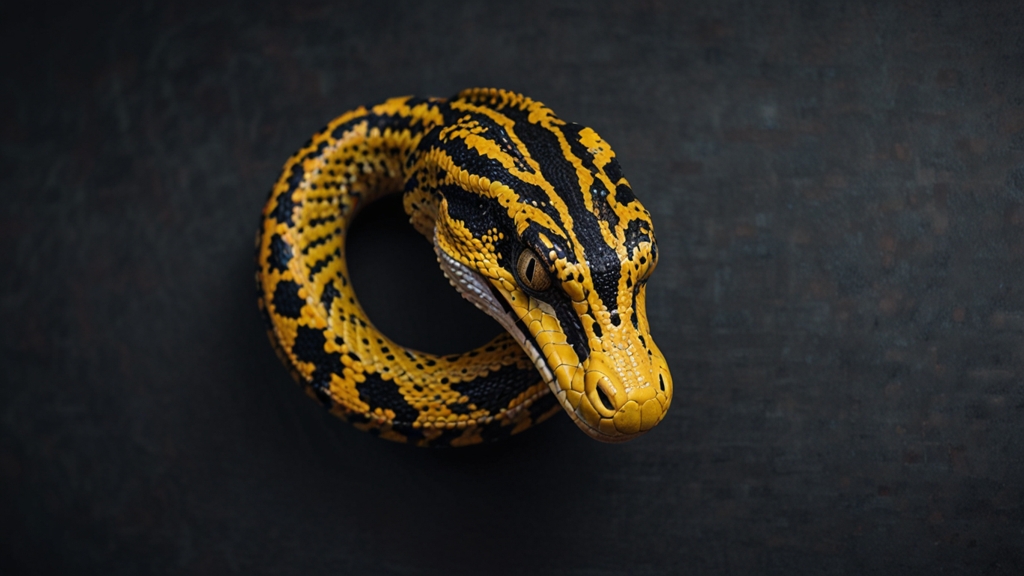Insects That Glow: The Magical World of Bioluminescence
Bioluminescence, the ability of certain organisms to produce and emit light, is a mesmerizing natural phenomenon that has intrigued humans for centuries. Among the various creatures that exhibit this fascinating trait, insects hold a special place. From fireflies lighting up warm summer nights to glowing click beetles, these luminescent insects create a captivating spectacle that seems almost magical. But how do they glow, and what purpose does this serve? Let's dive into the enchanting world of bioluminescent insects.
The Mechanism Behind the Glow
The bioluminescence of insects is a result of a chemical reaction that occurs in specialized cells called photocytes. The primary chemicals involved in this reaction are luciferin, a light-emitting substance, and luciferase, an enzyme that catalyzes the reaction. When these substances combine in the presence of oxygen, they produce light. The color of the light can vary depending on the specific type of luciferin and the environmental conditions, ranging from green to yellow and even blue in some cases.
"The bioluminescence of insects is a beautifully intricate dance of chemistry and biology. It's a testament to the wonders of evolution and the incredible adaptability of life on Earth." — Dr. Sylvia Markson, Entomologist
The Stars of the Show: Fireflies
When people think of bioluminescent insects, fireflies are often the first to come to mind. These beetles employ their glowing abilities primarily for mating purposes. Males use their lights to signal to females, who respond with their own flashes if they are interested. This courtship dance is not only beautiful to watch but also highly efficient, allowing fireflies to find and attract mates over long distances and in the dark of night.
Interestingly, different species of fireflies have unique flash patterns, which helps them in recognizing and selecting their mates. This diversity in light signals prevents interbreeding between different species and ensures the continuation of each distinct lineage.
Beyond Fireflies: Other Glowing Insects
While fireflies might be the most famous bioluminescent insects, they are certainly not the only ones. Glowing click beetles, for example, can be found in parts of Central and South America. These beetles not only produce light to attract mates but also use it as a defense mechanism. The light can startle predators or even make the beetles appear toxic or unappetizing.
Another fascinating example is the glowworm, which is the larval stage of certain beetles and flies. Found in caves and damp, dark environments, glowworms use their light to attract prey. The victims, often small insects, are lured by the glow and get trapped in sticky silk threads produced by the glowworm.
"Bioluminescence in insects serves various purposes, from mating and defense to predation. It's a brilliant example of how evolution tailors survival strategies to fit specific ecological niches." — Dr. Harriet Collins, Evolutionary Biologist
Ecological Significance and Human Fascination
Bioluminescent insects are not just a wonder to behold; they play significant roles in their ecosystems. Fireflies, for instance, contribute to controlling pest populations because their larvae are voracious predators of other insects. Additionally, the study of bioluminescence has far-reaching implications. Scientists are exploring ways to harness this natural light for applications ranging from medical imaging to environmental monitoring.
The magical glow of bioluminescent insects has also captured the human imagination in various cultures and folklore. Stories and myths often depict these glowing creatures as symbols of love, good fortune, or even mystical beings. In modern times, they continue to inspire art, literature, and scientific curiosity.
"The glow of bioluminescent insects reminds us that there is still so much mystery and beauty in the natural world. It's a beacon that draws us to explore and understand the wonders of life on Earth." — Dr. Eleanor Wells, Natural Historian
Conclusion
Insects that glow offer a glimpse into the remarkable diversity and ingenuity of life. Whether for mating, defense, or predation, bioluminescence serves multiple purposes, tailored perfectly to the needs of each species that possesses this magical trait. As we continue to study these glowing wonders, we not only deepen our understanding of the natural world but also find inspiration in the luminous dance of life.






